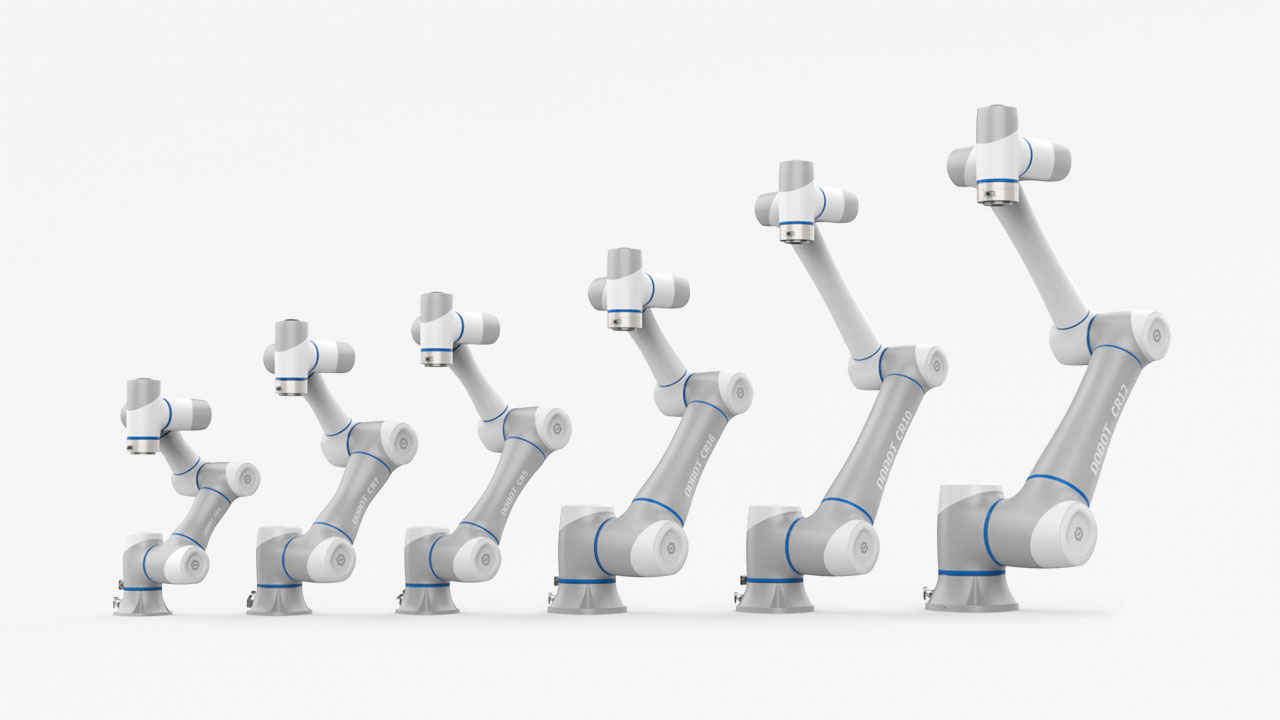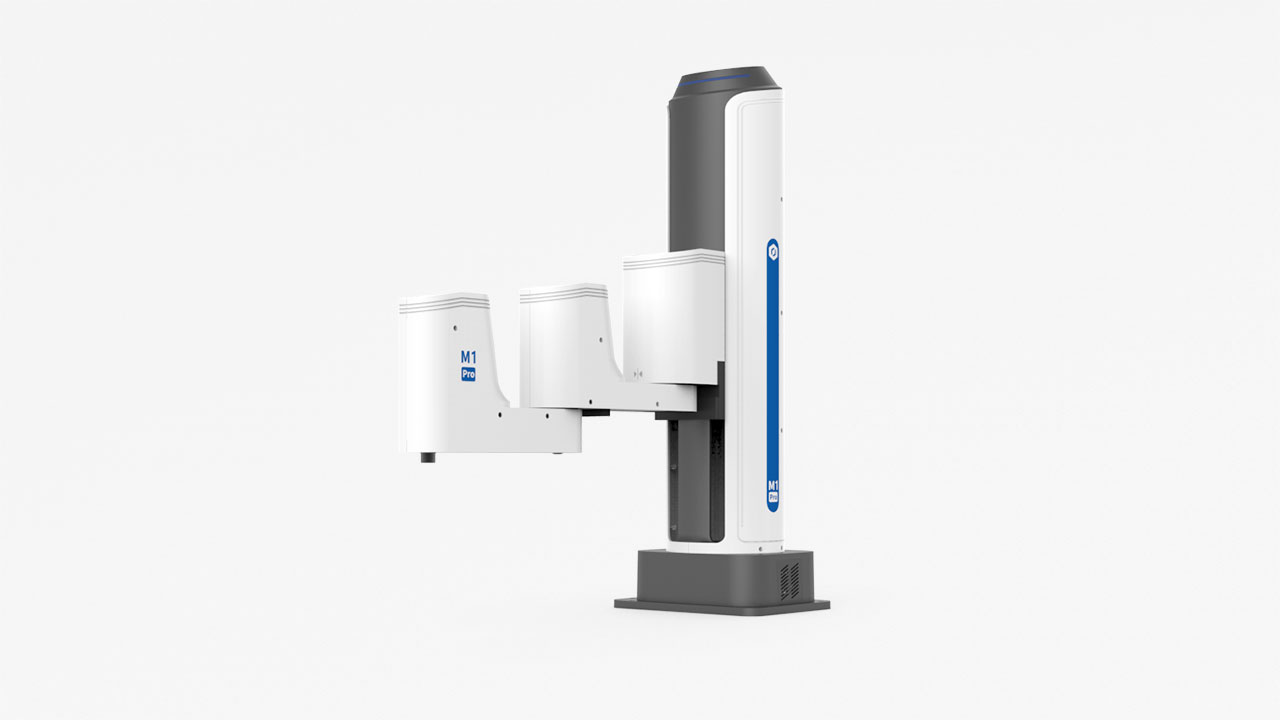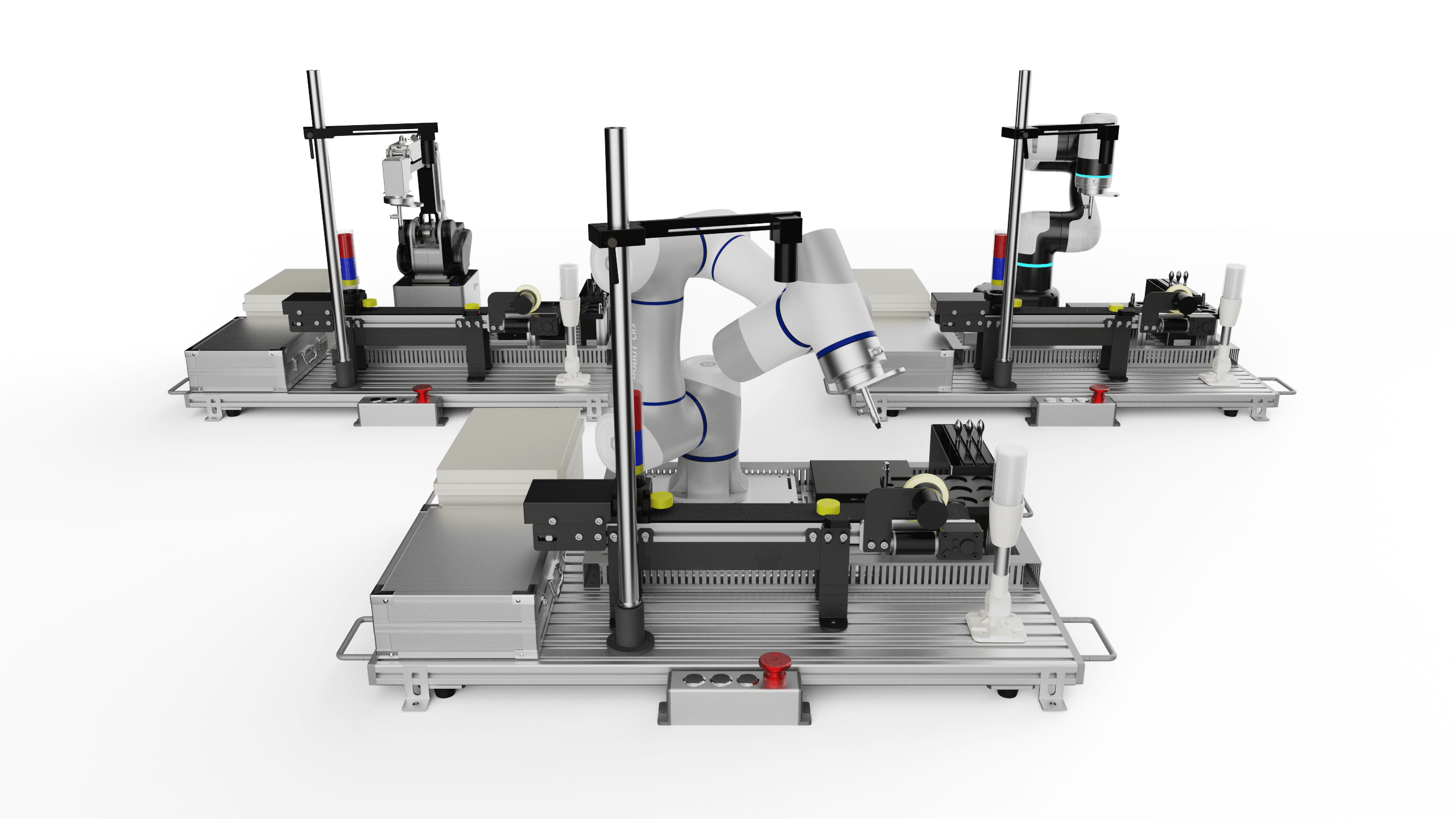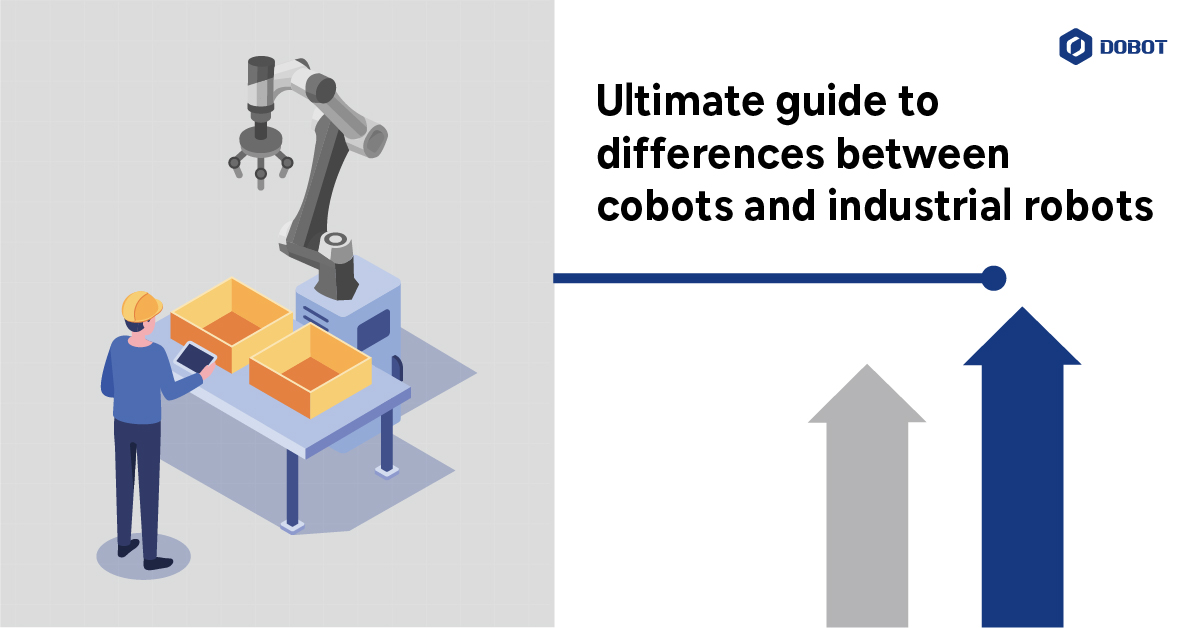This is an interesting trend: why do manufacturing prefer to bring in collaborative robots (or “cobots” ) than traditional industrial robots? Because of lower cost, higher efficiency, or quicker ROI?
Cobots Work with Humans
One of the primary differences between cobots and traditional industrial robots is that cobots are designed to work alongside human workers, rather than completely replacing them. Cobots are built with advanced sensors and control systems that allow them to detect the presence of humans and adjust their movements accordingly, ensuring safe and seamless collaboration. This human-robot cooperation enables manufacturers to leverage the strengths of both, with robots handling the repetitive, physically demanding tasks while humans focus on the more complex, cognitive work.
Why Need Human-Robot Collaboration? Why Not Only Robots?
- Leveraging Human Creativity and Problem-Solving Abilities: Humans excel at tasks that require critical thinking, creativity, and adaptability. By working alongside cobots, workers can focus on these higher-value activities while the robots handle repetitive or physically demanding tasks.
- Increased Productivity and Efficiency: The combination of human intelligence and cobot capabilities allows for a more streamlined and productive workflow. Cobots can work tirelessly, augmenting human workers and enabling them to accomplish more in the same amount of time.
- Improved Workplace Safety: Collaborative robots are equipped with advanced safety features that minimize the risk of accidents and injuries, creating a safer work environment for human employees.
- Enhanced Job Satisfaction: By offloading monotonous or physically taxing tasks to cobots, human workers can enjoy greater job satisfaction and focus on more rewarding and fulfilling aspects of their roles.
- Adaptability to Unexpected Situations: While robots excel at predefined, repetitive tasks, humans maintain a unique advantage in their ability to adapt to unexpected situations and solve complex problems on the fly. This complementary skill set is crucial in dynamic manufacturing environments.
- Maintaining a Human Touch: In certain industries, such as product customization or customer service, the human touch and personal interaction can be highly valued. By working alongside cobots, human workers can maintain this personal element while leveraging the efficiency and precision of the robotic system.
Cobot: More Safer, Less Risk
Safety is a paramount concern in any manufacturing environment, and collaborative robots excel in this area. Unlike their industrial counterparts, cobots are equipped with advanced safety features that minimize the risk of accidents and injuries, allowing workers to feel more comfortable and confident working alongside the robots.
- Safety Certifications: Cobots are designed to operate within a safe distance from human worker, especially welding process. According to the ISO/TS 15066 standard, the minimum safety distance for collaborative robot applications is typically around 20cm. For example, the Dobot CRA Cobot Series utilizes SafeSkin technology, which provides a 15cm* non-contact pre-collision detection range, alerting the robot to slow down or stop before making physical contact with a human.
- Electromagnetic Brake: Cobots feature electromagnetic brakes that can stop the robot's motion within milliseconds in the event of an emergency. The Dobot CRA Cobot Series offers an impressive 18ms braking time and 1mm position retention, effectively preventing equipment or product damage. The rapid braking capability helps avoid situations where the robot could potentially fall from a significant height due to a power loss, which could potentially damage the workpiece or tools.
- Soft Robot Skin: Cobots often feature soft, compliant surfaces that allow for gentle contact with human workers without causing harm. The Dobot CRA Cobot Series' SafeSkin technology is a specialized coating that covers the robot's surface, providing a soft and compliant touch. This enables the cobot to gently make contact with human workers without causing harm, further enhancing the safety of human-robot collaboration.
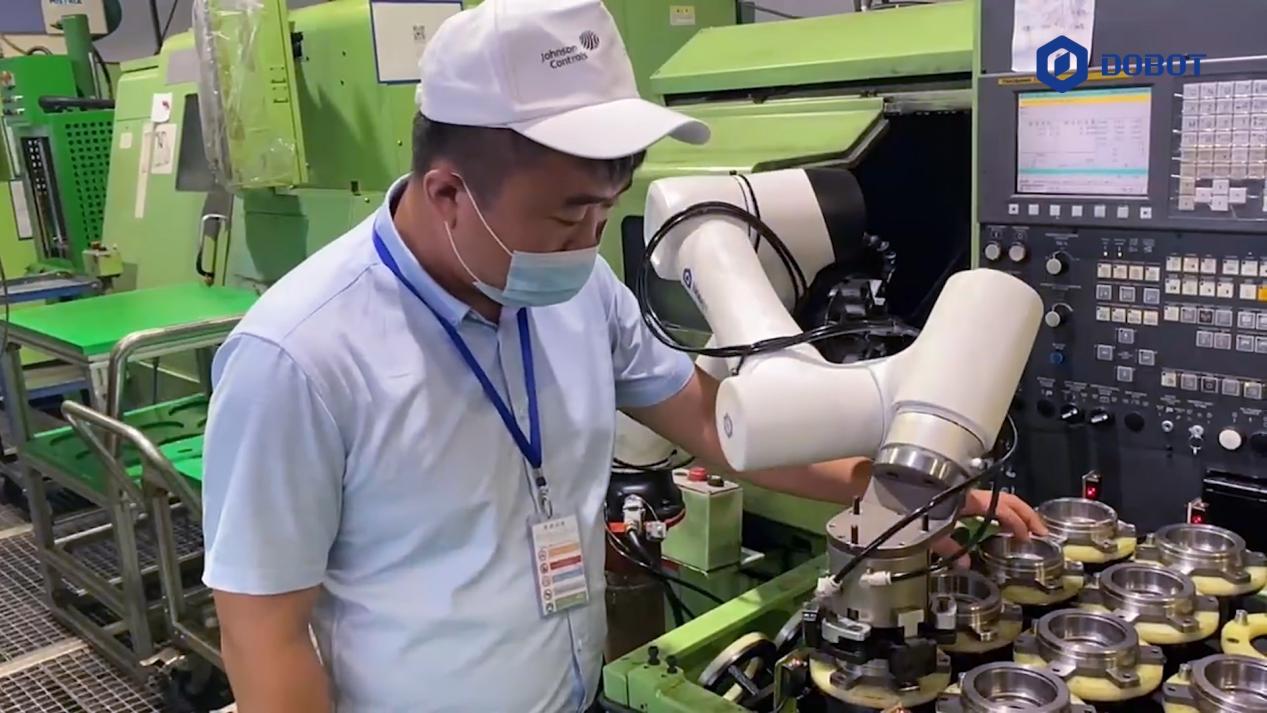
Dobot Safeskin with CRA Cobot Applied in Loading & Unloading for Metal Processing
Flexible and Scalable
Collaborative robots are designed to be highly adaptable and scalable, making them an attractive option for manufacturers of all sizes. Cobots can be easily reprogrammed and reconfigured to handle a wide range of tasks, from material handling to assembly and packaging. This flexibility allows companies to quickly respond to changing market demands and production needs without the need for significant capital investments or lengthy downtime.
The Dobot CRA Cobot Series further enhances this flexibility with its Intelligent Interaction Panel. By using the intelligent interaction panel of the robot, operations such as enabling, jog teach, and end effector control can be easily realized, providing a more flexible and convenient way of operation. Additionally, the CRA Cobot Series offers more efficient debugging capabilities, allowing for quicker setup and troubleshooting to keep production running smoothly.
More Economical
Compared to traditional industrial robots, collaborative robots are generally more cost-effective to acquire, install, and maintain. Their smaller footprint, simpler integration, and reduced safety requirements can translate into significant cost savings, especially for small and medium-sized businesses. Additionally, the improved efficiency and productivity gains achieved with cobots can lead to a faster return on investment, making them a smart and financially viable choice for many manufacturers.
In conclusion, the key factors that distinguish collaborative robots from traditional industrial robots are their ability to work seamlessly alongside human workers, their enhanced safety features, their flexibility and scalability, and their overall economic advantages. As manufacturers continue to seek ways to improve their operations and stay competitive, the adoption of collaborative robots is likely to become an increasingly common and compelling solution.
